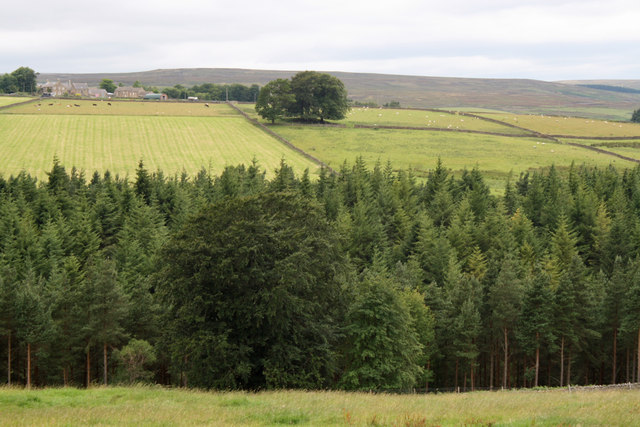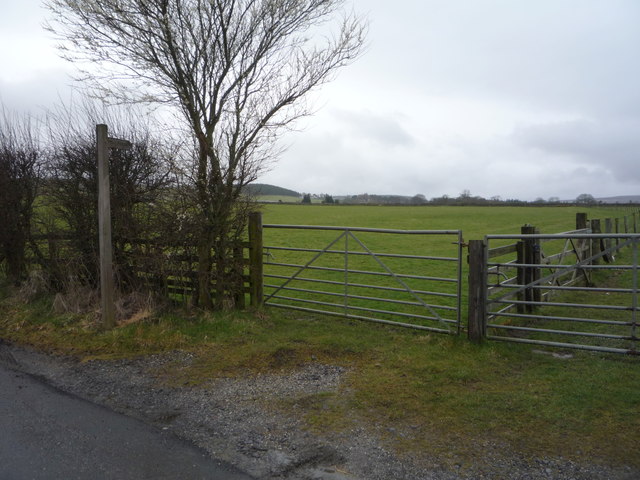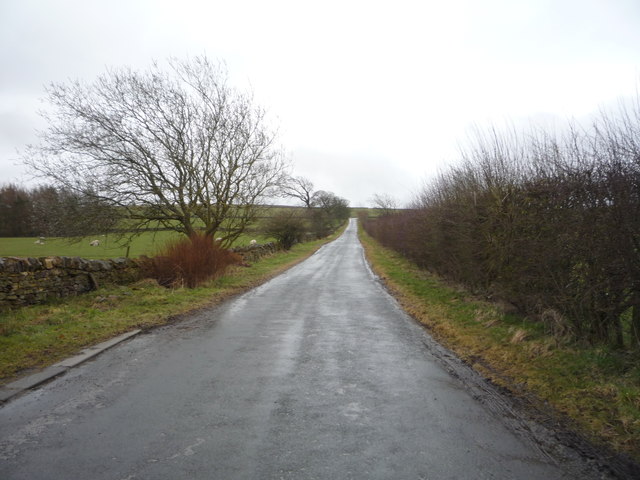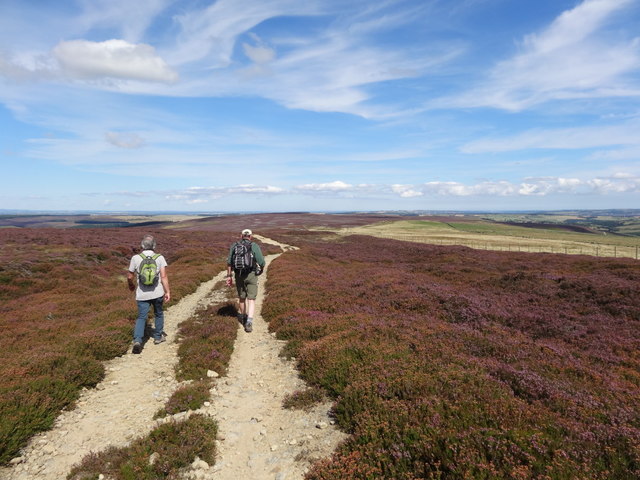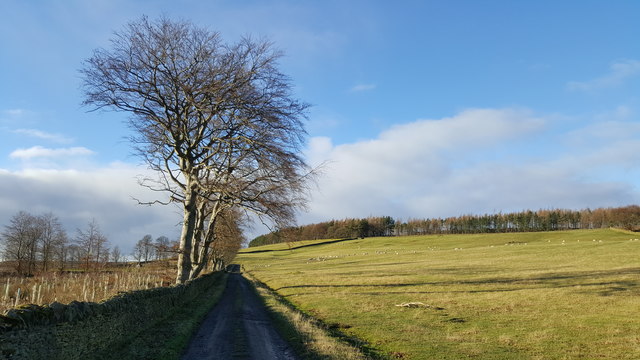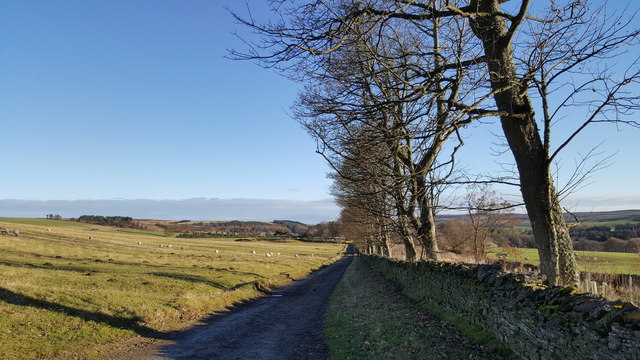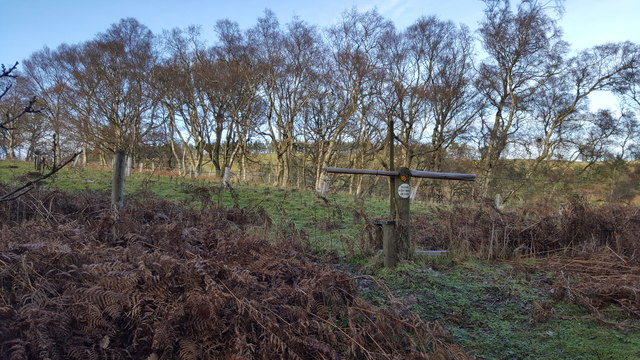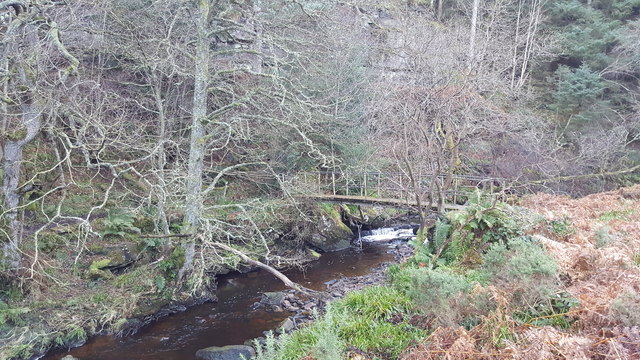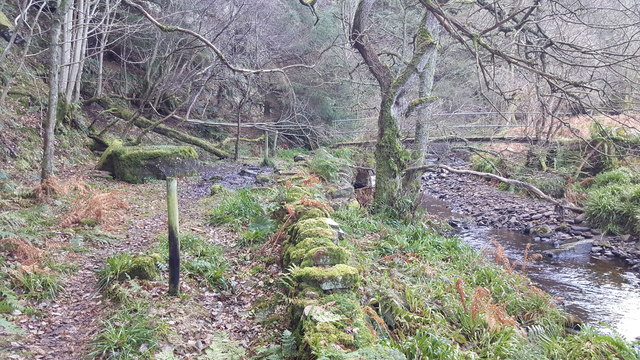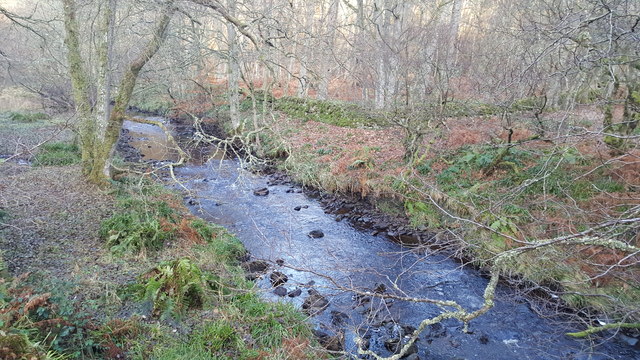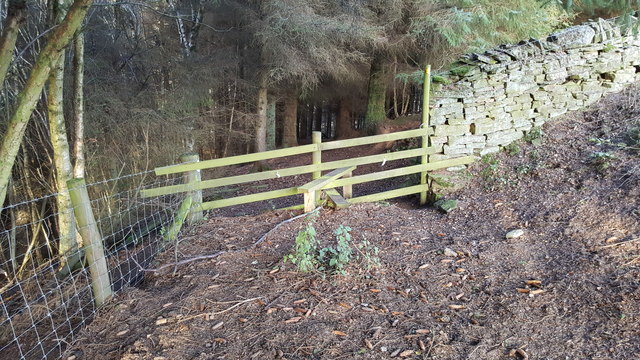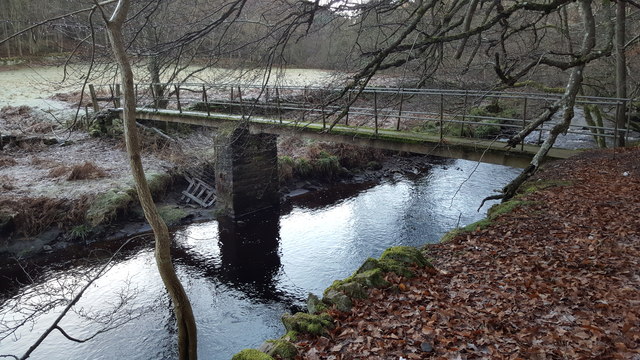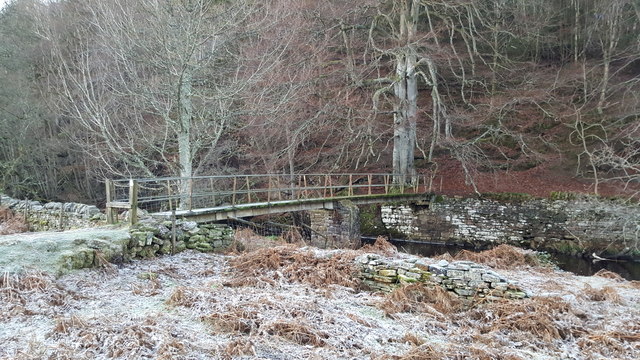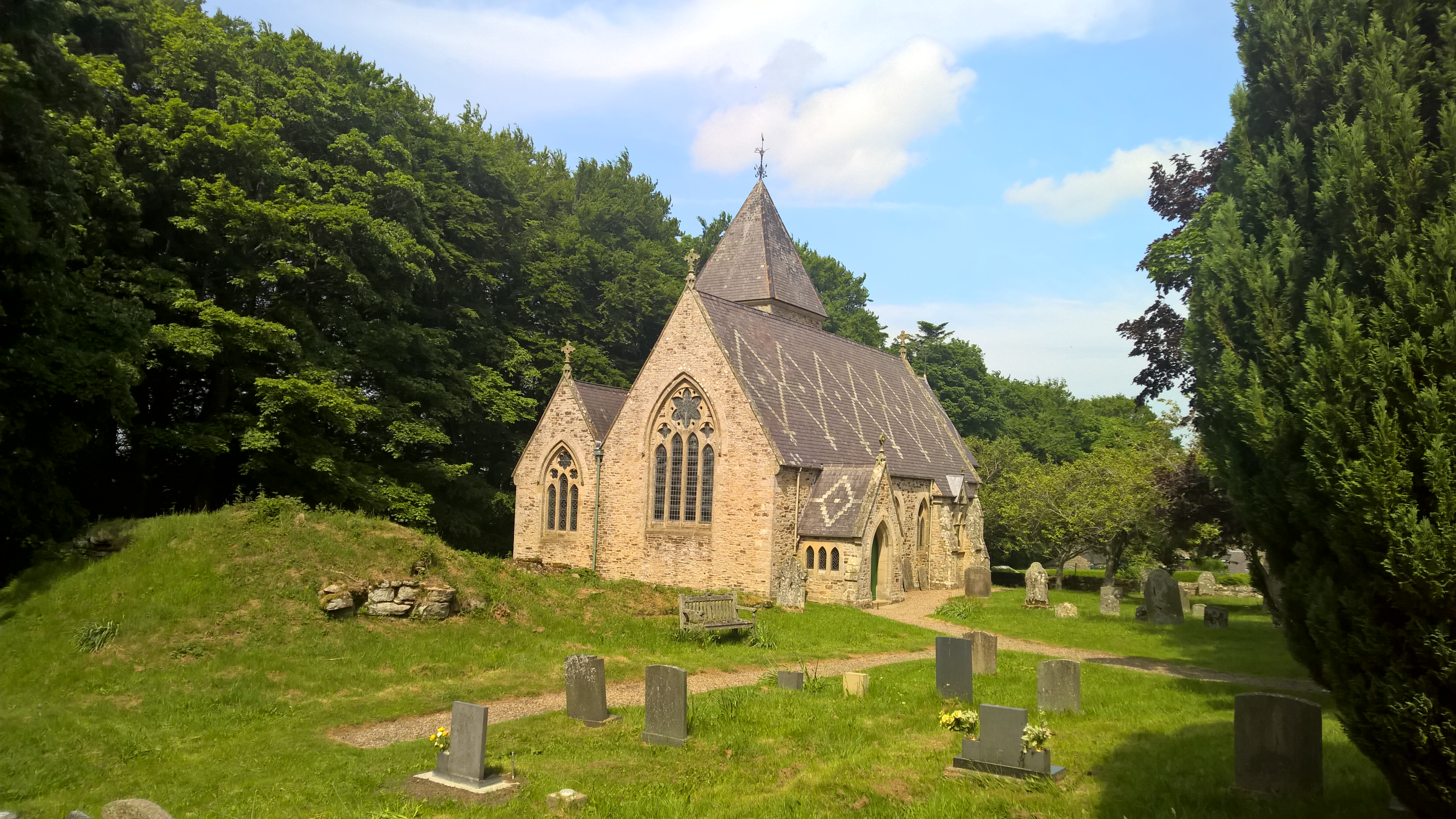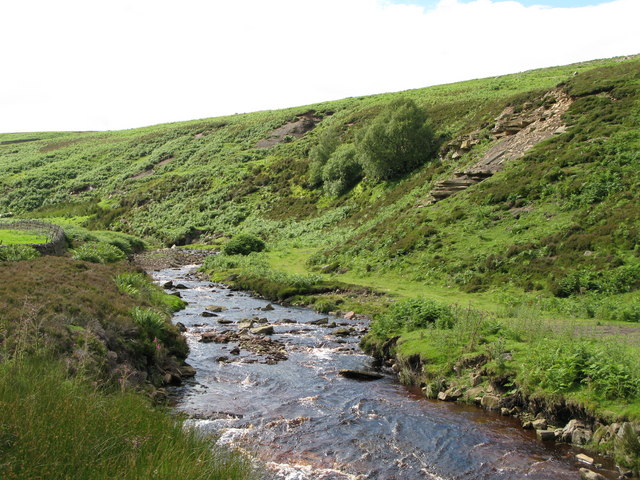Bale Hill
Hill, Mountain in Durham
England
Bale Hill
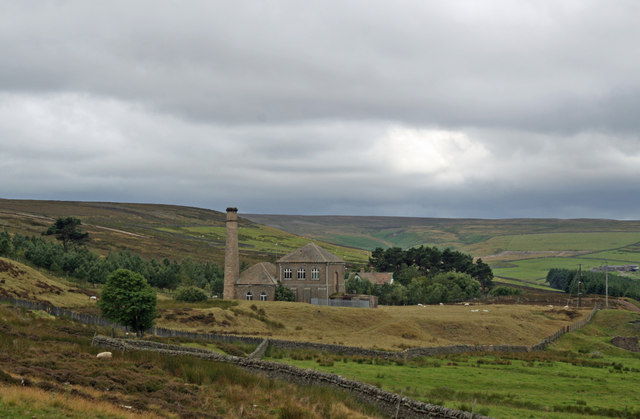
Bale Hill is a prominent hill located in Durham, England. It is situated in the northern part of the county, near the village of Edmundbyers. Standing at an elevation of approximately 605 meters (1,985 feet), it is often referred to as a hill rather than a mountain due to its height falling just shy of the 2,000-foot threshold.
The hill is part of the Pennines, a range of upland areas that stretch across Northern England. Bale Hill is known for its scenic beauty and is a popular destination for hikers and nature enthusiasts. Its location within the North Pennines Area of Outstanding Natural Beauty further enhances its appeal.
The ascent to the summit of Bale Hill offers stunning panoramic views of the surrounding countryside, including the nearby Derwent Reservoir and the distant Cheviot Hills. The landscape is characterized by rolling moorland, heather-covered slopes, and rocky outcrops, creating a picturesque setting.
Bale Hill is also home to a variety of wildlife, including birds of prey such as kestrels and merlins, as well as grouse and other upland species. The hill is crisscrossed by several footpaths, allowing visitors to explore the area and discover its natural wonders.
Overall, Bale Hill in Durham provides a fantastic opportunity to immerse oneself in the beauty of the North Pennines, offering breathtaking views and a chance to connect with nature.
If you have any feedback on the listing, please let us know in the comments section below.
Bale Hill Images
Images are sourced within 2km of 54.84183/-2.0606647 or Grid Reference NY9649. Thanks to Geograph Open Source API. All images are credited.

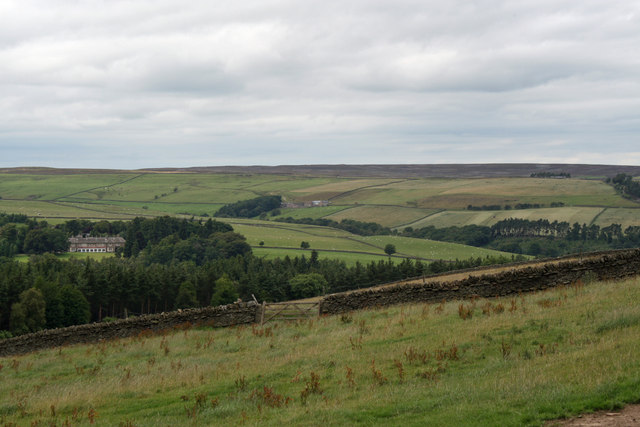
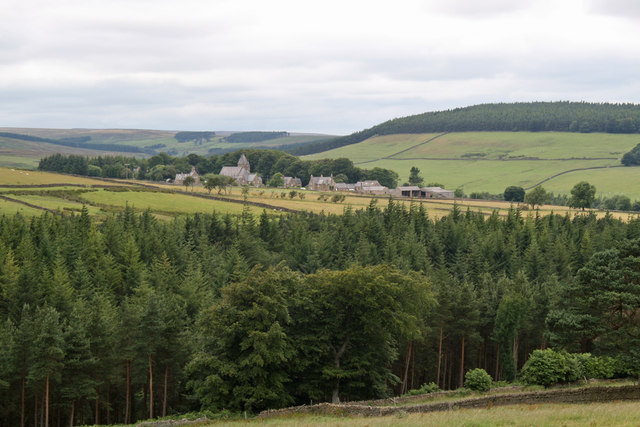
Bale Hill is located at Grid Ref: NY9649 (Lat: 54.84183, Lng: -2.0606647)
Unitary Authority: County Durham
Police Authority: Durham
What 3 Words
///cookery.magic.appealing. Near Slaley, Northumberland
Nearby Locations
Related Wikis
Blanchland
Blanchland is a village in Northumberland, England, on the County Durham boundary. The population of the civil parish at the 2011 census was 135.Set beside...
Blanchland Abbey
Blanchland Abbey at Blanchland, in the English county of Northumberland, was founded as a premonstratensian priory in 1165 by Walter de Bolbec II, and...
Hunstanworth
Hunstanworth is a village in County Durham, England. It is situated approximately 10 miles to the west of Consett, south-west of the village of Blanchland...
Baybridge, Northumberland
Baybridge is a small village in Northumberland, England, just to the west of Blanchland and on the border with County Durham. It is situated to the west...
Townfield
Townfield is a village in County Durham, in England. It is situated just to the south of Hunstanworth and part of that parish, about 10 miles (16 km) west...
Beldon Burn
Beldon Burn is a headwater stream of the River Derwent in Northumberland and County Durham, England.It rises at Quickcleugh Moss as the Quickcleugh Burn...
Ramshaw, Consett
Ramshaw is a small village in County Durham, in England. It is situated to the south of Hunstanworth, a few miles west of Consett. Lead mining was an important...
Muggleswick, Stanhope and Edmundbyers Commons and Blanchland Moor
Muggleswick, Stanhope and Edmundbyers Commons and Blanchland Moor is a Site of Special Scientific Interest in County Durham and Northumberland, England...
Nearby Amenities
Located within 500m of 54.84183,-2.0606647Have you been to Bale Hill?
Leave your review of Bale Hill below (or comments, questions and feedback).
